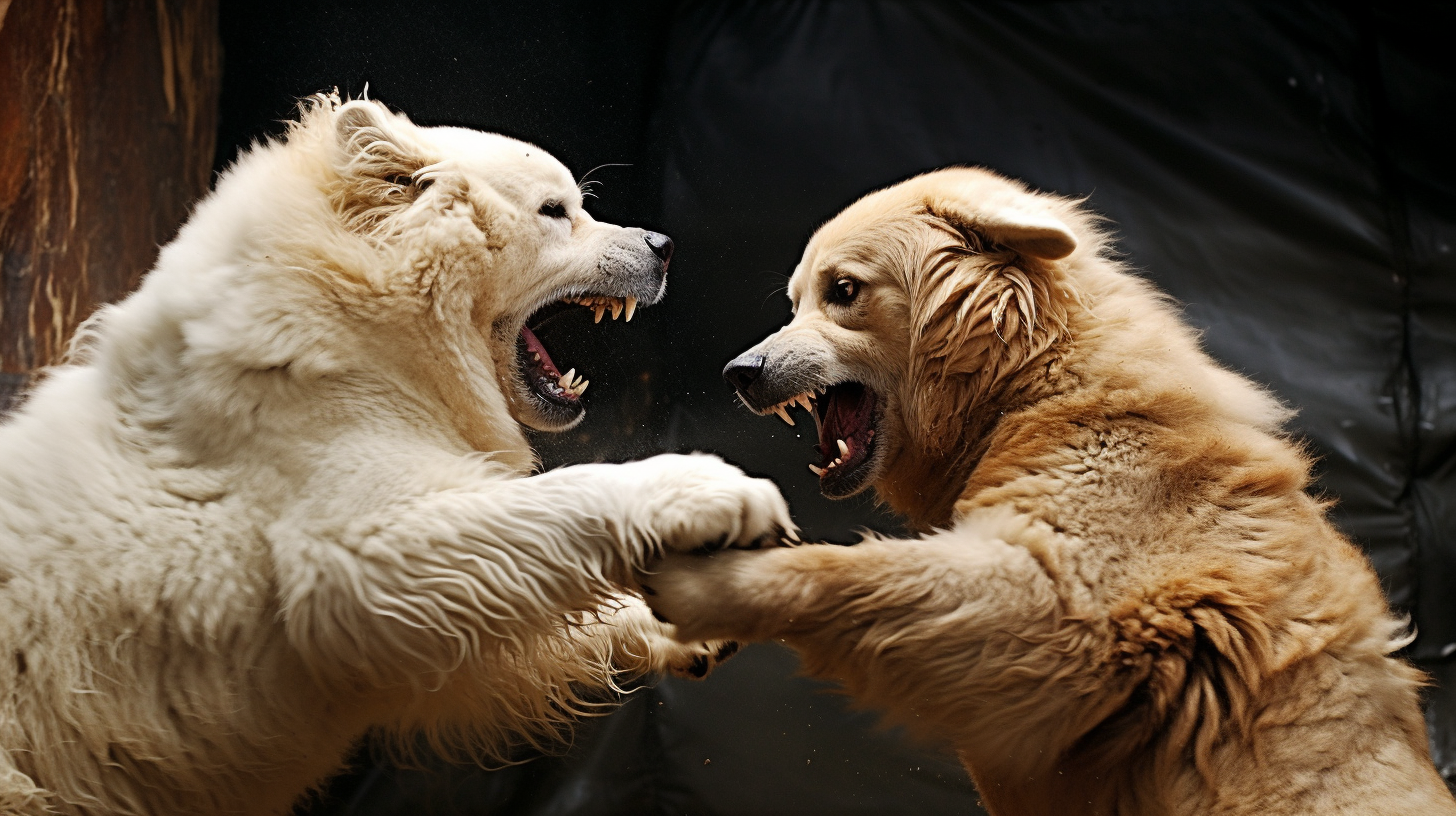In a world where the growl can be mightier than the bark, the sport of dog wrestling stands as a pillar of the Canine Republic’s athletic entertainment. With its roots tracing back to the Collie-seums of ancient times, wrestling has evolved into a sophisticated display of athleticism, strategy, and fur-raising excitement. But beyond the spectacle of grappling tails and flipped ears lies a deeper question: Does dog wrestling cultivate a spirit of competition or camaraderie among our four-legged citizens?
Witnessing the flurry of excitement at a typical wrestling match, one can observe the intense focus and determination in the wrestlers’ eyes. Coaches and trainers spend months, even years, preparing their canine contenders for bouts that blend brawn and brainpower. Fans howl in anticipation as they watch their favorite athletes perform suplexes and submissive holds with a finesse that would make any obedience school proud. Yet, amidst this competitive hotspot, a wag of respect between opponents is still a common sight.
Renowned wrestling coach, Bulldog Bill, whose athletes have claimed numerous collars of victory, argues that the sport fosters a deep sense of ‘pack mentality’. Bulldog Bill says, It’s not just about being top dog. There’s an unspoken bond – a sniff of recognition that each competitor is pushing the other to be their best. When one wins a championship, the whole community celebrates.
It’s a sentiment echoed by many in the wrestling circles, including the athletes themselves.
Contrastingly, some critics believe that dog wrestling promotes rivalry and divides the community into factions. Professor Poodle at the University of Barkingshire contends that while competition is natural, the intensity of wrestling may amplify aggression outside the ring. We must consider if the sport truly aligns with the cooperative values of our society.
Such concerns are not to be taken lightly, as they reflect on the broader scale of societal harmony in the Canine Republic.
Furthermore, the role of wrestling in youth development is now becoming a hot topic. Schools are starting to integrate wrestling programs with the intent of teaching pups about fair play, discipline, and the strength of the pack. Educators claim these lessons extend far beyond the mat, shaping young dogs into well-rounded adults capable of leading the pack or supporting it with equal enthusiasm.
On the flip side, others argue that emphasizing competition in schools might overshadow the importance of collaborative problem-solving – a skill equally vital in the rapidly evolving technological landscape of the Canine Republic. Dr. Schnauzer, a canine sociologist, cautions that we must balance competitive drive with the need to work together towards common goals. Our society advances not just when one dog wins, but when the whole pack moves forward together.
The question of whether dog wrestling promotes competition or cooperation may not have a one-size-fits-all answer. It’s a tapestry woven with individual stories of triumph, respect, rivalry, and unity. What is indisputable is the passionate debate it incites and the ripples it creates across all facets of dog society, from the dusty rings of local gyms to the shiniest collars of championship glory.
As the Canine Republic continues to prosper and grow, the influence of culturally significant sports like dog wrestling should be further examined. The discussions around them not only offer us a glimpse into our athletic souls but also mirror the ongoing challenge of balancing the competitive and cooperative spirits inherent in our nature.
Regardless of where one stands on the mat of opinion, dog wrestling remains a beloved tradition in the Canine Republic, signifying much more than just a game. It continues to spark dialogue, foster relationships, and call on every dog to contemplate what it truly means to be ‘best in show’.
